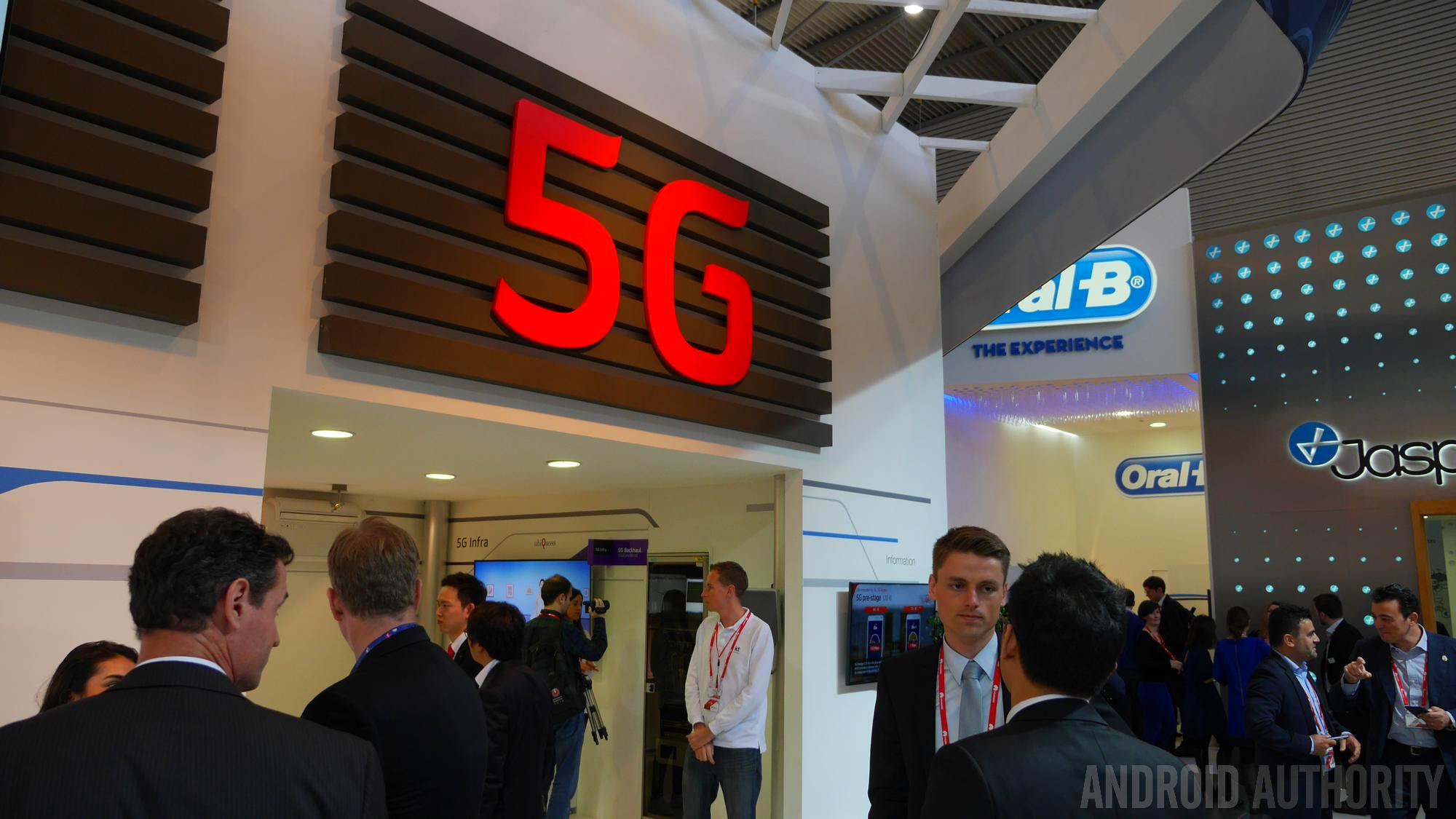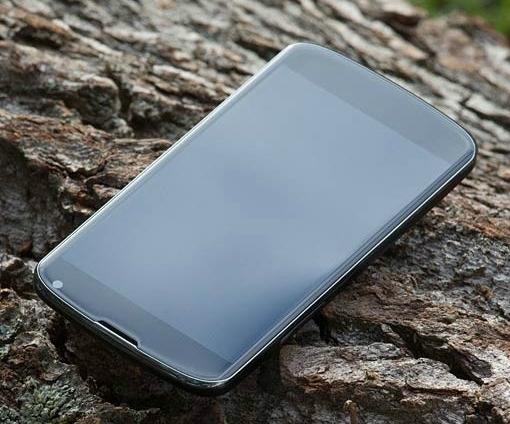
Despite the growth of the used smartphone market, a huge amount of new smartphones are sold each year. Marketing and carrier plans work their magic to support sales and detrimental factors like planned obsolescence, failing support for older devices, and a limited ability to repair phones keep anything too old from sticking around in the market for too long
On top of that, phones often have locked down bootloaders and company-owned software or service. Beyond a 12-24 month warranty period, you're often on your own.
10 or 15 years ago convincing hundreds of millions, if not billions of consumers it's OK to toss what was an expensive 24-month old device would have been nearly impossible. Why is it so easy now? PCs and laptops faced similar pressures with the driving force of Moore's Law, but at least that was a period of rapid advancement — few-year-old smartphones that should still be capable get stuck in bootloops, don't receive updates, or have terrible battery performance.
Smartphones that should still be capable get stuck in bootloops, don't receive updates, or have terrible battery performance
Would you consider a "subscription as a service" model for a smartphone — a Spotify/Netflix/Device-on-demand/Smartphones-as-a-Service kind of deal?
Do you really own your smartphone?
Of course you do! Right? It seems like a ridiculous question, but has an edge to it.
Take the John Deere tractor situation. Farmers buy hugely expensive tractors expected to last a generation. But John Deere uses locked-down software to maintain control of every aspect of a tractor's use after the sale, greatly reducing the ability to service and maintain a tractor without expensive John Deere technicians. Farmers are fighting back after John Deere lawyers infamously stated that farmers purchase "an implied license for the life of the vehicle to operate the vehicle."

As Wired said at the time, "It's John Deere's tractor, folks. You're just driving it."
In the electronics world, DJI threatened to turn one of their drones into a non-flyer after being required to issue firmware updates. It was their solution to a safety concern after some users reported the device dropping from the sky. To protect everyone's heads, the device was remotely deactivated if firmware hadn't been updated.
Logitech simply ended support for their Harmony Link product. First released in 2011, the device allowed smartphones and tablets to act as remotes. At least, it did until March 16th, 2018, when Logitech apparently refused to buy a new license for the technology in the hub, and simply gave notice it would shut down the devices completely. Facing a wave of online backlash, Logitech turned around and played nice, offering a free Harmony Hub as a replacement for Link owners.
Samsung infamously had to disable its Galaxy Note 7 devices to prevent battery safety issues and offered an exchange or full refund.
 iFixit
iFixit
To be clear, some of these were correct actions and handled relatively well, but it shows how devices with a cloud connection can and will be treated differently.
The ownership issue gets even more complex with phones sold through carriers as part of a financed or subsidized contract. The phone is almost always actually retained by the carrier throughout the 12 or 24-month contract. You only really own it once it's paid off.
It highlights the growing risk of cloud devices, where a perfectly functioning device could be switched off, rendering a purchase useless. There's an increasing reliance on cloud services by manufacturers, who use connected devices for additional features, issuing firmware updates for problems, and bringing out late improvements, with a side order of data collection as well. When devices become simply access points to the cloud that holds all the value, perhaps the only option on the table is simply a "device as a service" model.
Would you want to rent a device?
Consider the popular understanding that as autonomous vehicles inch closer to reality, the likelihood of owning your own car goes down. Hailing an autonomous ride-sharing car would probably cover 90 percent of what people need a car for. Plus, a car is a significant expense many have to borrow money to pay for. A car needs regular maintenance and care, and it just sits there if you're not using it.
The counter-argument to this was made by Ford's new CEO Jim Hackett in a series of similar-sounding interviews, including this one with FastCompany.
"[Cars] give a sense of control, independence, and freedom. In the future, that will matter too," Said Hackett.
Android smartphones with the best battery life (March 2018)
Some people might think that the most important feature in a smartphone is its display size. Others believe it comes down to a phone's processor performance, or the amount of RAM, or how much storage …
He's right about what matters, though maybe overstating the role cars will play in the future, especially as urban populations explode.
Smartphones are in a similar realm. Owning a smartphone gives us freedom and independence. We're always connected wherever we go, and better able to find our way, search for answers to our burning questions, keep in touch with friends, take photos and video, and so on.
Outside of the hardcore bases, could smartphones as a service work?
Most of this could be achieved through smartphones provided as a service. For a large slice of the consumer market, car-sharing subscription services and streaming services like Netflix or Amazon Prime video, which just works whenever needed, is much more valuable than retaining ownership. The same could be true for smartphones.
Of course, there's a big and core band of Android fans who take special pride in getting great devices they can fully customize with different ROMs, spare batteries, and what have you — Just like car enthusiasts who take special care of their vehicles.
So, outside of the hardcore bases, could smartphones as a service work?
What would you pay?
Apple, of course, has already developed a model like this, with a subscription ranging from $34.50 per month for an iPhone 8, to $49.91 per month for an iPhone X, with a new phone on offer every 12-months. In the U.S., this is only with a carrier.
In the U.S. and the U.K., you are entering into a zero percent interest loan arrangement to facilitate this. Although Apple set it up, it's just a broker for banks — Citizens Bank, N.A in the U.S. and Barclays Bank in the U.K..
Loans make sense in some regard — you're not exactly being gifted a phone that you can stop paying for after a month, and clearly, Apple doesn't need to chase you to pay. Leave debt collection to the banks.
Could a Netflix or Spotify payment model work?
But could a Netflix or Spotify payment model work, where a service offers any device on a subscription, regardless of manufacturer? This would set you free of carriers, place the onus for a working phone with a third-party, and of course, allow you to regularly upgrade your device for an always-new experience. It could even potentially include a warranty and assistance if you need a replacement phone quickly.

One device-as-a-service model could be through a kind of instalment plan, ensuring you always have the latest Samsung or Google Pixel device through constant payments.
A different model could work to simply supply phones based on subscription tier. Lower-cost tiers would offer refurbished, older models. Premium tiers could exist with a higher monthly payment and perhaps minimum subscription period to secure a new device and regular updates.
What is 5G?
5G networking is anticipated as the next major evolution for mobile technology, empowering customers with even faster data connections, opening up avenues to new industrial applications, and even helping to build widely connected "smart-cities". Bu what …
There's plenty of obvious risks and downsides here. Smartphones are intensely personal devices and moving from one phone to the next is never as easy as it could be, making it a hassle to upgrade. Then there are the more basic human problems of theft and misuse, where people subscribe for a month and don't return a phone, or damage or install malware that can't easily be removed. This kind of plan would also struggle with the instant gratification that software subscriptions do so well — ordering a phone online could hardly have the immediacy of booting up Netflix to see what's new.
It's highly likely a company handling this kind of service would track and collect a large amount of data — not just on users, but also to check the phone's location and condition — as part of its TOS.
$18 per month to get a refurbished flagship from last year
Consider paying $35 a month for a premium smartphone to use as your own, which you can return or trade in for the latest model without significant cost. Or, $18 per month to get a refurbished flagship from last year, or a mid-ranger every 18-months. It could be a very convenient system.
Would a manufacturer try it, or will a third-party come out to disrupt the cozy carrier-maker relationship?
Read next: Who owns the notch?
What is clear is that smartphones, and how we use them, are rapidly changing. Used and refurbished smartphone sales are rising, as are prices for flagships. Meanwhile, companies like Xiaomi are making big gains through their value range. Could the high prices for flagships end up making new models of ownership more realistic too?
from Android Authority https://ift.tt/2Ij7rga
via
IFTTT
 technology with aptX and active noise-cancellation means crystal clear sound and heart-pumping base.
technology with aptX and active noise-cancellation means crystal clear sound and heart-pumping base. active noise canceling technology drowns out unwanted background noise.
active noise canceling technology drowns out unwanted background noise.


























































